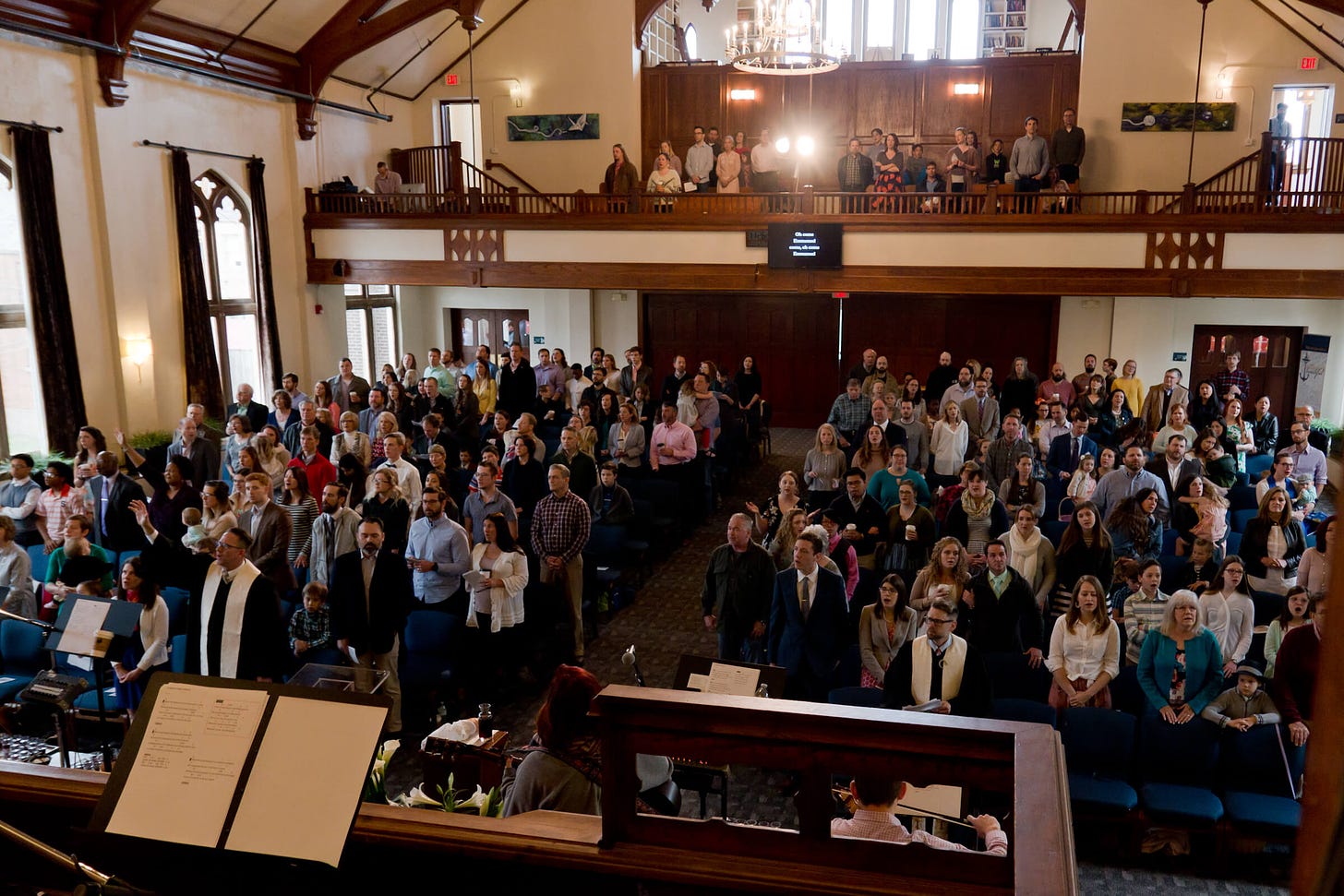The Search for Church
The problem that most people have finding a church isn’t that they haven’t found one; it’s that they have found more than one. What’s so difficult about finding a church?
For starters, the typical vernacular used in describing the process is not helpful. “Finding” a church makes the activity seem so much more elusive and mysterious than it needs to be, and this plays to the “grass will perpetually be greener” mentality with which we pragmatic humans (particularly Americans) already struggle. Perhaps a better way of speaking is of “identifying” a church, as this takes away some of the pressure of visiting so many in hopes of not missing the absolute right one (which does not exist anyway).
Another complicating factor is the fact that churches are more different from one another than they are alike these days. This was not as much the case 100 years ago, when the amount of variation was minimal in terms of church building design, worship service direction, denominational distinctives, and pastoral personality in the pulpit. Today, however, it seems every aspect of church is little more than an element for variation and branding (which personally drives me crazy), but that’s a result of the past 50 years of uber-individualized evangelicalism.
Children (young or older) always muck things up a bit, not because they aren’t a necessary consideration, but because different parents evaluate their church experience differently. From one parent’s perspective, that no child gets misplaced for an hour-and-a-half may be the extent of expectations met; for another, there are higher expectations – namely that a child is not only not lost, but provided a stimulating craft, an engaging time of interaction, healthy snacks, timely diaper changes, a sense of being loved and looked out for on an individual basis, and absolutely NO cartoon animation featuring certain vegetables who sing and dance. (Note: For older kids, expectations can range from no one getting pregnant to no one ever being bored, the latter of which is often viewed by parents as the bigger sin.)
There are plenty of other variables that people tend to use in church selection: facility (or lack thereof); friendliness (actual or perceived); location and drive distance (how far is too far?); bulletin usage (or lack thereof); dress code (spoken and unspoken); congregational demographics (does everyone look like/different from me?); pastor training and education (pick your denominational/non-denominational bias); Scripture translation (and whether it’s actually used); music instrumentation (enough said); website design (20th or 21st century?); frequency of sacraments (weekly, monthly, quarterly, annually); outreach and evangelism vs. discipleship and congregational care (always a fun tension)…just to name a few.
The process and degree of evaluating all this each and every Sunday gets redundant. It can feel like the search for church might never end (especially in a city the size of Oklahoma City where someone could realistically attend a different church each and every day of the week for years).
But this is not the goal, and this should not be the plan. In my next post, I’ll write more about what could and (dare I say it) should be our perspective in engaging in a search for church.




